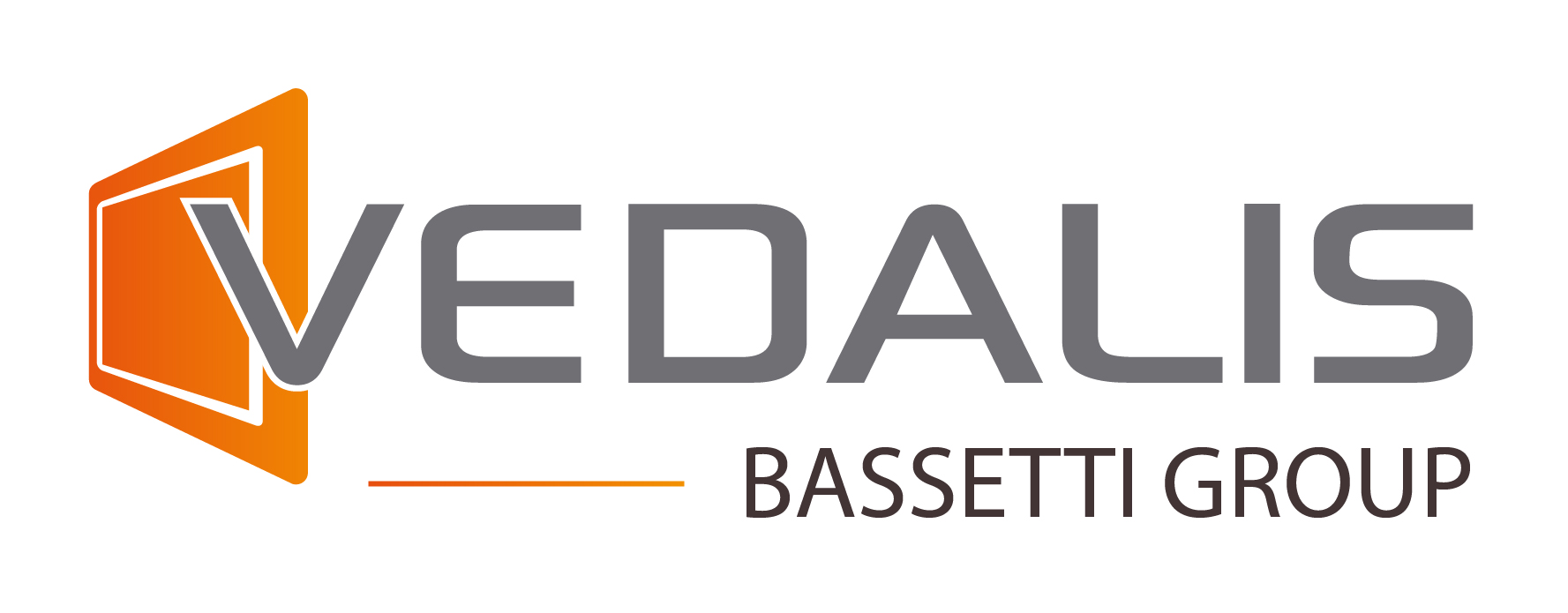
Many companies see the community of practice, a group of people in the same field who learn collectively, as a key to improving their performance. What are these companies like, and how can we promote their development?
A well-functioning community contributes to the learning of its members and builds the organization’s capacity. And this is something that the community does quite naturally, whereas it normally takes two teams in a company to achieve the same result: the first team is responsible for defining the necessary capacities and the second team sets up training. «The community wonders what it needs to know to succeed, and can, for example, invite an expert to comment on a problem,» explains Étienne Wenger. He is the author of pioneering books on communities of practice and social learning such as the book Situated Learning, a reference in the field, published in 1991.
The 3 characteristics of the community of practice
The first is the area of common interest. People in the same suburban neighborhood, for example, do not form a community of practice because they do not share skills – except perhaps excellence in lawn care.
The second is community life itself, the activities and discussions that members share.
The third and final characteristic necessary for a group of people to be considered as a community of practice is the practice itself. Members must be practitioners, not just stakeholders or spectators. When such a community takes shape, it then naturally focuses on the issues that are problematic for its members.
Innovating through the community of practice
But why, in an often competitive work environment, should members benefit from sharing their knowledge? «When a member of a community encounters a really difficult problem, others are interested not only because it could eventually be one of their problems, but also because it adds to their reputation,» explains Étienne Wenger. A member of a community can thus help another member to find a solution to his or her problem, but can also interact with him or her in other ways that may be beneficial to the organization. Members can, for example, reflect on and improve their profession, tell stories and learn from them, adapt to change and cooperate to innovate.
« They can also find a voice to gain influence and improve ways of doing things, » says Wenger. For example, technical writers in the software field could join their voices in their organization and successfully convince leaders to engage them earlier in the development process in order to complete their work more quickly. If a company fails to encourage communities of practice within it, it may have to live with some negative consequences in the future. A community that is closed in on itself, that does not interact with related trade and client communities, can be dangerous. « When a community closes, it becomes paralyzed, » says Etienne Wenger. « Its ability to innovate can then be reduced. »
On the other hand, a well-functioning community is a community with energy, and a community with energy creates an identity. This identity may occasionally collide with the corporate culture. But for the community to develop effectively, and ultimately help the organization to innovate, firms must accept that this community has its own identity outside the company’s identity. In other words, trying to impose the company’s values too firmly on the community can slow its excitement. « You have to accept the local identity of the community in the organizational context, » says Etienne Wenger.
In the same way, the company’s management must avoid imposing itself in the community. Sometimes it is welcome, depending on the issues members want to address, but sometimes practitioners need a forum where they can discuss different topics without inhibition. « An identity is not simple, » says Etienne Wenger. « But a community can, at the same time, define its identity horizontally by its colleagues and maintain a sense of responsibility towards its organization. »
Source: Gestion HEC Montréal, La Rédaction, 31/05/2016
The implementation of an intelligent directory has proven to be very effective in creating communities of practice
Consult our offer or request a demonstration to learn more.



